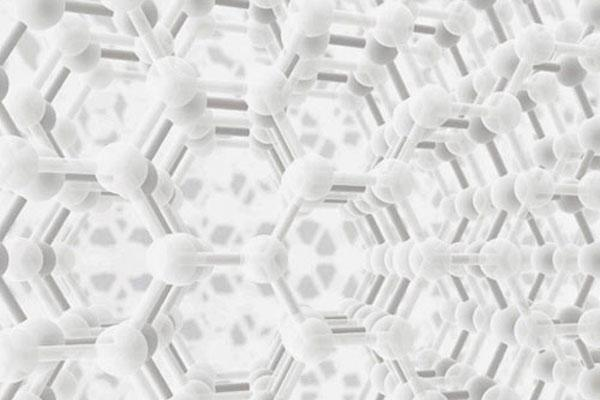The University of Manchester has a major breakthrough in smart clothing?
With the new development of graphene in printed electronics, the practicality of wearable technology continues to increase. The University of Manchester recently demonstrated a new technology solution: using simple screen printing technology, directly adding textile-like equipment to textiles. This technology solves the problem of charging a wearable device. A component called a supercapacitor is one way to implement this solution. It functions like a battery and can be quickly charged to charge the device in seconds. The availability of a solid flexible supercapacitor device has now been demonstrated, with the specific operation of printing on cotton fabric using conductive graphene oxide ink. The 2-D Materials material previously reported by the media, this printed electrode exhibits excellent mechanical stability due to the interaction between the ink and the textile substrate. The further development of graphene oxide printed supercapacitors has spurred great potential for wearable technology. After more in-depth research and development, high-performance sportswear, light military equipment, new mobile communication devices, and even wearable computers that monitor human health conditions will become a reality. In order to charge these new types of wearable devices, electrical energy storage systems must have high energy, high power density, good operational safety, long cycle life, low cost, and mechanical flexibility. Dr. Nazmul Karim, a researcher at the National Graphene Institute in the United Kingdom, said: "The development of graphene flexible fabric supercapacitors using simple and scalable printing technology is an important step towards the next generation of wearable electronic fabrics. Intelligent electronic textiles that simultaneously store energy and monitor human activity and physiology are both environmentally friendly and efficient." Graphene oxide is a form of graphene that can be produced in an ink-like solution at a lower cost. This solution can be applied to textiles to create fabric supercapacitors. Dr. Amor Abdelkader said: “Textiles are characterized by exceptional flexibility and flexibility. We first printed a stable device that can store energy while being flexible. The device is also washable, which makes it applicable. Smartwear for the future. We believe this work will open the door to printing other equipment on textiles using 2-D Materials inks." The University of Manchester is currently building the Graphene Engineering Innovation Centre to strengthen the research capabilities of the National Graphene Institute. The Innovation Center, costing £60 million, will become an international research and technology base. Homecare Bed,Homecare Medical Bed,Nursing Medical Bed,Medical Care Nursing Bed Jiangmen Jia Mei Medical Products Co.,Ltd. , https://www.jmmedicalequipment.com